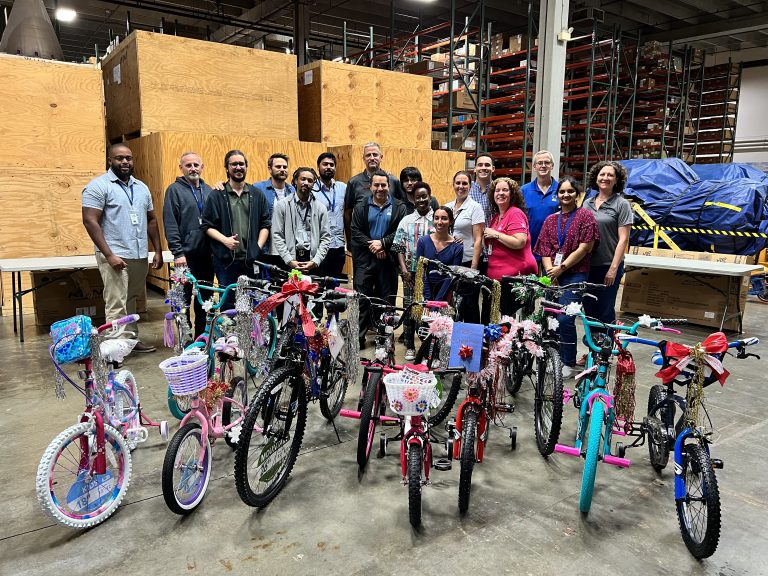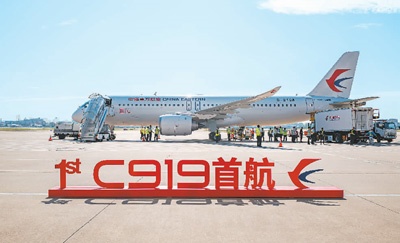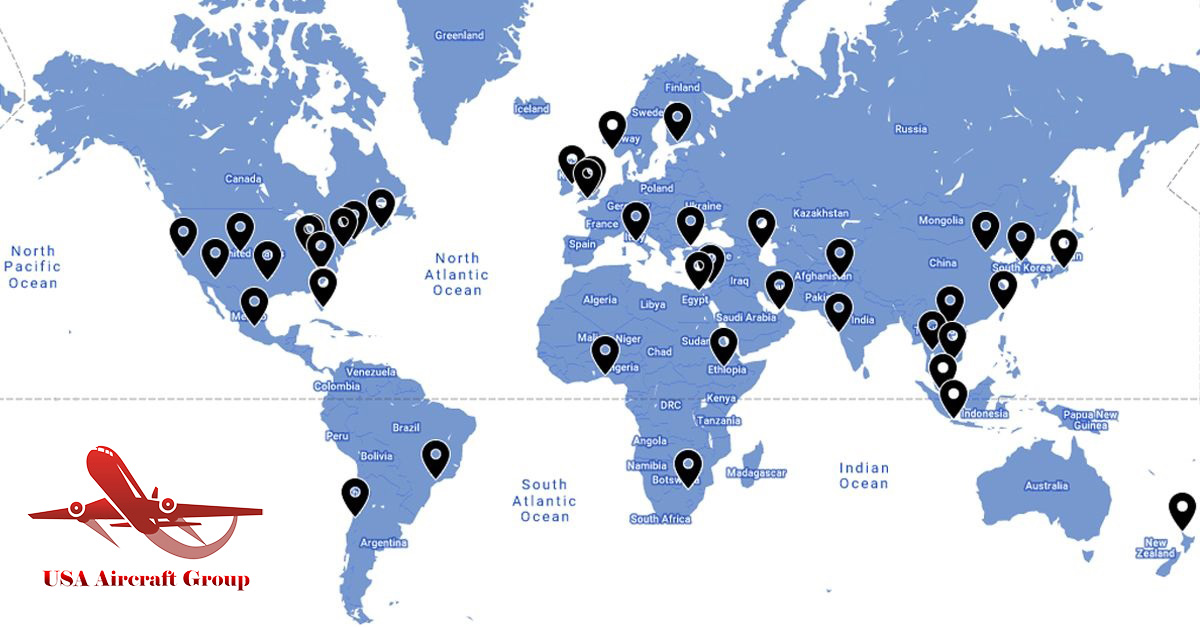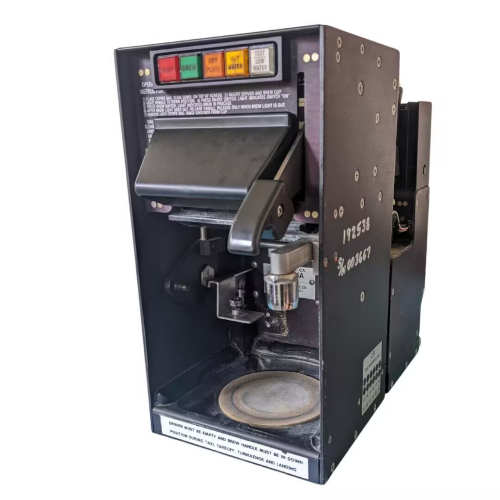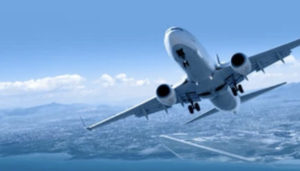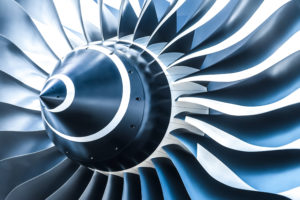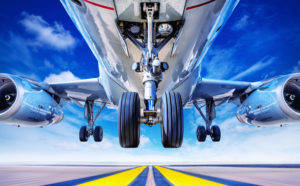Press Releases

Aircraft modification process-USA Aircraft Group Corporation
Date: 2025/10/30
I. Core transformation steps and processes1. Site selection and permission (the most critical step)
· Land: You need a suitable piece of land, usually located on the edge of the city, next to the highway, or in a tourist area, not only with high visibility, but also in accordance with zoning (regional planning) regulations, allowing commercial catering operations.
· Government permit: A large number of government permits are required, including construction permits, health permits, fire safety permits, environmental protection permits, etc. As a non-standard building, the approval process of the aircraft will be very complicated.
2. Purchase and transport aircraft
· Procurement: Purchase retired aircraft through specialized aircraft dismantling companies or second-hand markets. Common models include Boeing 747, Airbus A320, etc., which are moderate in size and highly recognizable.
· Dismantling and transportation: Wings and tails usually need to be dismantled to facilitate transportation by road. This process itself requires precise planning and high cost.
3. Infrastructure construction and resettlement
· Foundation: Build a solid concrete platform for the aircraft and fix it safely on it. Sometimes it is slightly raised to create a sense of floating dynasm.
· Connection of public facilities: Connect municipal water, electricity, gas and sewage systems to the plane. This is a huge engineering challenge, which requires drilling holes in the body and ensuring sealing and safety.
4. Internal transformation and design (creative core)
· Structural removal: remove most or all of the cabin seats. Sometimes the cockpit is reserved for customers to visit.
· Spatial layout:
· In the cabin: arrange the dining table and chairs. You can keep the original luggage rack as decoration or storage space.
· Wing area: This is the biggest highlight! Usually, a terrace dining area is built on the wings, equipped with guardrails and lights, which becomes the most popular seat.
· Fuselage expansion: Sometimes a glass-structured additional building is built next to the plane as a kitchen, bar or main dining area, while the plane itself becomes a unique private room.
· Interior decoration: retain a strong aviation theme, such as using aircraft side windows, retaining part of the dashboard, and using aircraft skin and rivet industrial-style design. It can also be modernized to create a luxurious or science fiction style.
· Construction of kitchens and bathrooms: The original kitchen (galley) and bathroom (lavatory) of the aircraft usually cannot meet the needs of the restaurant and need to be completely renovated or newly built on the periphery.
5. Thematic positioning and marketing
· Determine the cuisine and theme of the restaurant, such as "Global Airlines Food", "Pilot Club Steakhouse", "Airport Cafe", etc.
· Take advantage of the unique selling point of "dining on the plane" to vigorously publicize, and it is very easy to form a punching hotspot on social media.
II. Creative transformation ideas
· Cockpit bar: Transform the cockpit into a private 2-seater bar or private room, where customers can sit in the pilot's seat and have a drink.
· First-class private room: Retain or imitate the first-class seats to create a high-end private room.
· Use of boarding bridge: If possible, connect a real boarding bridge as an entrance for customers to enhance the sense of immersion.
· Runway theme lights: Install LED light strips imitating runway lights on the ground around the restaurant.
· Flight attendant theme service: Waiters can wear retro or modern flight attendant uniforms.
III. Major challenges and costs
· Huge investment: The total cost of purchasing aircraft (although the retired aircraft itself is not expensive, it may only cost hundreds of thousands of yuan), transportation, transformation and approval is extremely high, usually requiring millions or even tens of millions of yuan.
· Engineering complexity: involves structural engineering, fire engineering, public health engineering and other professional fields.
· Maintenance cost: If the aircraft is exposed outdoors, it needs to be regularly anti-corrosion, anti-rust treatment and painting, and the maintenance cost is higher than that of ordinary buildings.
· Regulatory barriers: One of the biggest obstacles is that the regulations in many regions do not allow aircraft to be used as permanent buildings.
IV. Famous success stories
1. Jumbo Stay (Stokholm, Sweden):
· Converted from a retired Boeing 747-200, it is the world's most famous aircraft hotel and restaurant. You can not only dine in the cafe on the wing, but also spend the night in the luxury suite converted into the cockpit.
2. The 747 Wing (Christchurch, New Zealand):
· A restaurant next to Christchurch Airport directly uses the huge wings of a Boeing 747 as an open-air platform, and the fuselage as a kitchen and indoor dining area. It is an excellent viewing point for the airport scenery.
3. Airplane Restaurant (Corolado Springs, United States):
· It was transformed from a Boeing KC-97 refueling machine. Customers can dine in the cabin, and the restaurant also retains a large amount of aviation history, which is more like an aviation theme hall.
To sum up, transforming retired aircraft into restaurants is a charming and challenging entrepreneurial project. The key to its success is:
1. Overcome the difficulties of regulations and engineering in the early stage.
2. Carry out ingenious and creative space design.
3. Provide catering and service quality that match the unique environment.
If you really consider this project, the first step must be to contact the local planning department and professional aviation engineering consultants for a feasibility assessment. Good luck, this may create a landmark business miracle!


